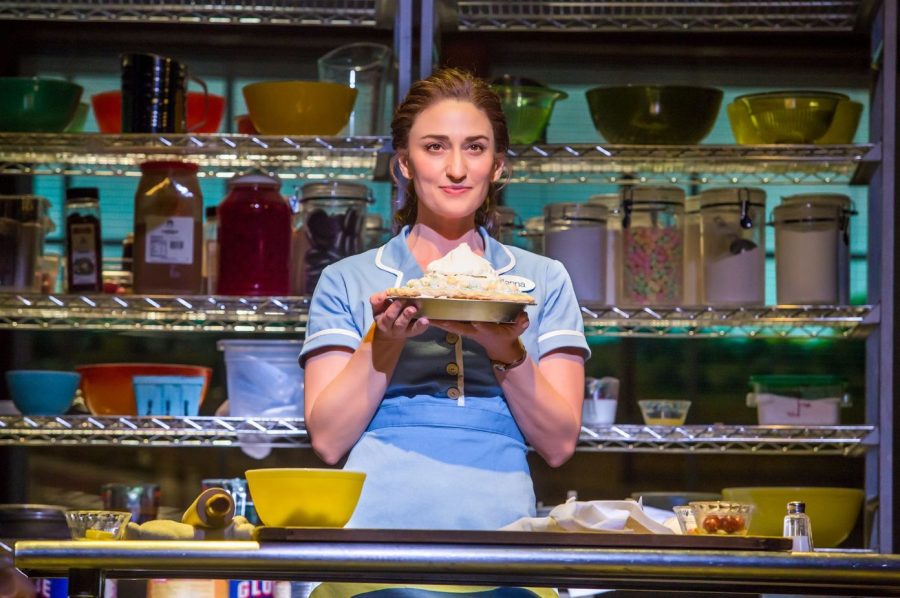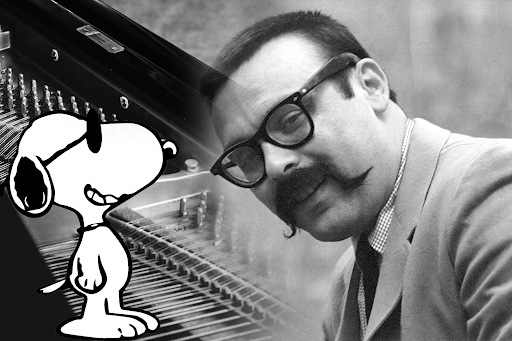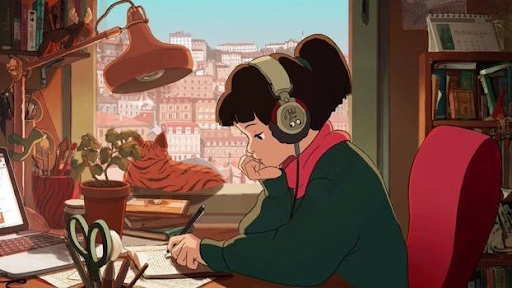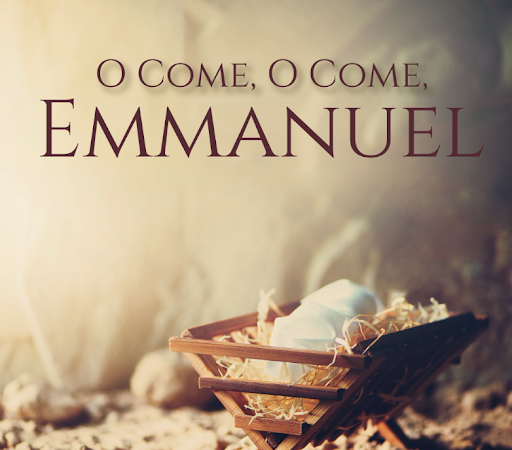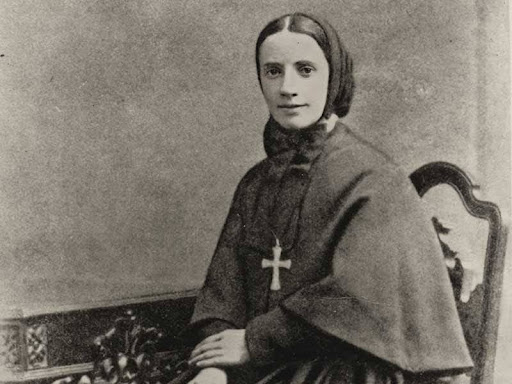Sara Bareilles Is A Criminally Underrated Artist: The Beauty of Cry Songs
Sara Bareilles as Jenna in Waitress the Musical. Elyza Tuan ’23 shares her love for the singer, especially when it comes to her crying playlist.
A few weeks ago, during the long Labor Day weekend, my parents and I made an impulsive last minute trip to the one and only New York City, our excuse being that we wanted to tour colleges. The real reason was, of course, that we wanted to see a Broadway show. We had made it sort of a tradition to see a Broadway show every year since I was in 6th grade, and unfortunately we didn’t get to one last year.
So since we hadn’t planned this trip in advance, we hadn’t pre-ordered tickets. We hadn’t even thought about what show we wanted to see. We ended up waiting in the rush ticket line and getting Orchestra Seats to see Sara Bareilles in Waitress. Sorry. Let me repeat that: I got to see Sara Bareilles in Waitress.
To give you context for how ground-breaking this opportunity was, here is my Sara Bareilles back story. I was introduced to her in middle school by a friend who showed me her song, Manhattan, which became my cry song for a few sweet years. I fell in love with her style of writing lyrics.
“You can have Manhattan, ’cause I can’t have you” – “Manhattan”
She can be so sassy and pointed at one moment, and then next she’s serenading you with euphoric lines of poetry and you just can’t help but cry. In her song “Undertow” she sings: “Silly me, look what I did again. I found what I want is what I cannot have,” in a severely sarcastic kind of way. In the same song she sings: “My heart breaks in a heartbeat and you storm me when you come and go… oh I couldn’t find a better man to let me go.” I just melt every time.
So in 7th grade, I found out that she’s written a musical, and she’s starring in it for a short while. That year when we went to New York and saw Wicked, and we walked through Time Square, and I pointed out to my mom all the posters of Sara Bareilles on the sides of the garbage bins. It was my far-fetched fantasy to be able to see her perform, but it wasn’t likely at the time.
“She is messy, but she’s kind. She is lonely most of the time. She is all of this mixed up and baked in a beautiful pie. She is gone but she used to be mine” – “She Used to Be Mine”
When I have a cry song, I don’t listen to it and cry. I sit at my piano and experience the emotional arch of the song, and if I’ve done it right, when I get to the peak of emotion, I become perfectly and purely sad. Sometimes I don’t physically shed tears, but there’s a feeling when you are just so in the moment where everything feels heavy, you can’t even hear the noisy TV coming from the other room. And there’s a temporary weightlessness before it all comes crashing down on you.
It makes you feel weightless for just a second, just a moment to make you feel as if all your troubles have been transferred into the words and melodies, and then the song throws it back at you all at once in one burst of retribution as if it’s saying ‘deal with your own problems, I have enough!’ That is what a good cry song does.
“Don’t stop trying to find me here amidst the chaos” – “Orpheus”
We had gotten up at 5:30 that morning, and the box office for the Ethel Barrymore Theatre didn’t open until 8:00, so we waited in the growing line. I brought a book to pass the time, which was coincidentally her book: Sounds Like Me. She talked about growing up in a small town, doing theatre as a teenager, moving to LA and struggling as an artist… struggling as a human being. And the whole experience– waiting in line, possibly about to see her in a show, learning about her life and personality which read so much like mine– felt so cathartic. As if she, personally, had invited us here.
When I finished the book, we were at the doors of the theatre and it was inevitable that we ended up getting the tickets.
She’s the kind of artist that leaves me continually in awe, whether it be with some snarky ballad like “Fairytale” or “Come Round Soon,” or a simply nostalgic melody like “Once Upon Another Time.” She reveals such an extreme range of emotions, and that’s what I love about her: she doesn’t hold back the sarcasm, but also isn’t scared of vulnerability. On one song, she had no accompaniment at all– that kind of vulnerability.
I guess her songs are perfect for me because whenever I have any emotion at all, I sing about it. So not only are there cry songs, but there are also nostalgia songs, frustration songs, yearning songs, on-top-of-the-world songs, etc. And that’s a wonderful thing.
“No enemies to call my own, no porch light on to pull me home, and where I was is beautiful because I was free” – “Once Upon Another Time”
I sometimes like to think of my cry songs as eras in my life, where the maximum emotional pain of the song equates to the maximum emotional pain of that time period. “She Used to Be Mine” was an era of pain, growth, and discovery, and I look back now, fond of my naivety. When you’re a teenager, you think pretty much every incident in your life is the end of the world, at least that’s how it was for me. I’m glad I had someone that understood me better than anyone else– even myself.
That’s the beauty of cry songs. It’s like a stranger tapping you on the shoulder and giving you a hug out of the blue: unexpected yet meaningful.
Elyza Tuan ‘23, Co-Assistant Editor-in-Chief

